Innovation Begins with an Eye!
While at IDEO, Leon Segal PhD., my esteemed colleague and now partner in Innovationship, came up with the saying that “Innovation begins with an eye”. This is true now, more than ever, as companies around the world race to build innovation centers or internal innovation programs aimed at generating new ideas to drive the growth and future of these companies. This type of innovation process typically starts by generating and soliciting a broad range of "ideas", and then trying to select the ones that seem most promising. This shotgun type approach to innovation inevitably leads to frustration, inefficiency, and lack of demonstrable progress. A more strategic and effective approach begins by identifying the right problems to solve.
Identifying and defining the right problem is the first step in a human centered design process. The focus of this first step is to build empathy with users of your products and services in order to identify unmet needs. These gems discovered through qualitative and contextual design research methods create the foundation for a new conceptual framework to refine the problem, and build on the related key issues and opportunities. This framework then drives and inspires the next steps of the innovation process: idea generation and rapid prototyping.
In addition, once the framework is defined, another critical element for success is to create a set of clear criteria for evaluating potential concepts and prioritizing issues and opportunities that best align with the company’s strategic objectives. With the framework and prioritized structure in place, idea generation and selection becomes efficient and highly productive.
With the most promising ideas in mind, the next challenge is to bring these ideas to life through prototyping and testing in an expedient manner to determine which ones merit further development. Any idea, whether it relates to a product, service, process, business model, etc., can be prototyped to learn more about the problem and solution. Rapid iterations will help identify the ideas that are most desirable to the users and manage development risk.
In addition to desirability, promising ideas must also be evaluated for their technical feasibility and business viability. Concepts that perform well in these three critical areas: design, technology and business have the most potential to succeed in the market. Good ideas often originate from the technology or business perspective; however, an idea without a clear user need is apt to fail. Thus, in order to limit risk and maximize the potential for success, innovation programs are most effective when we begin with understanding the human side through qualitative design research. This is why innovation must begin with an eye.

